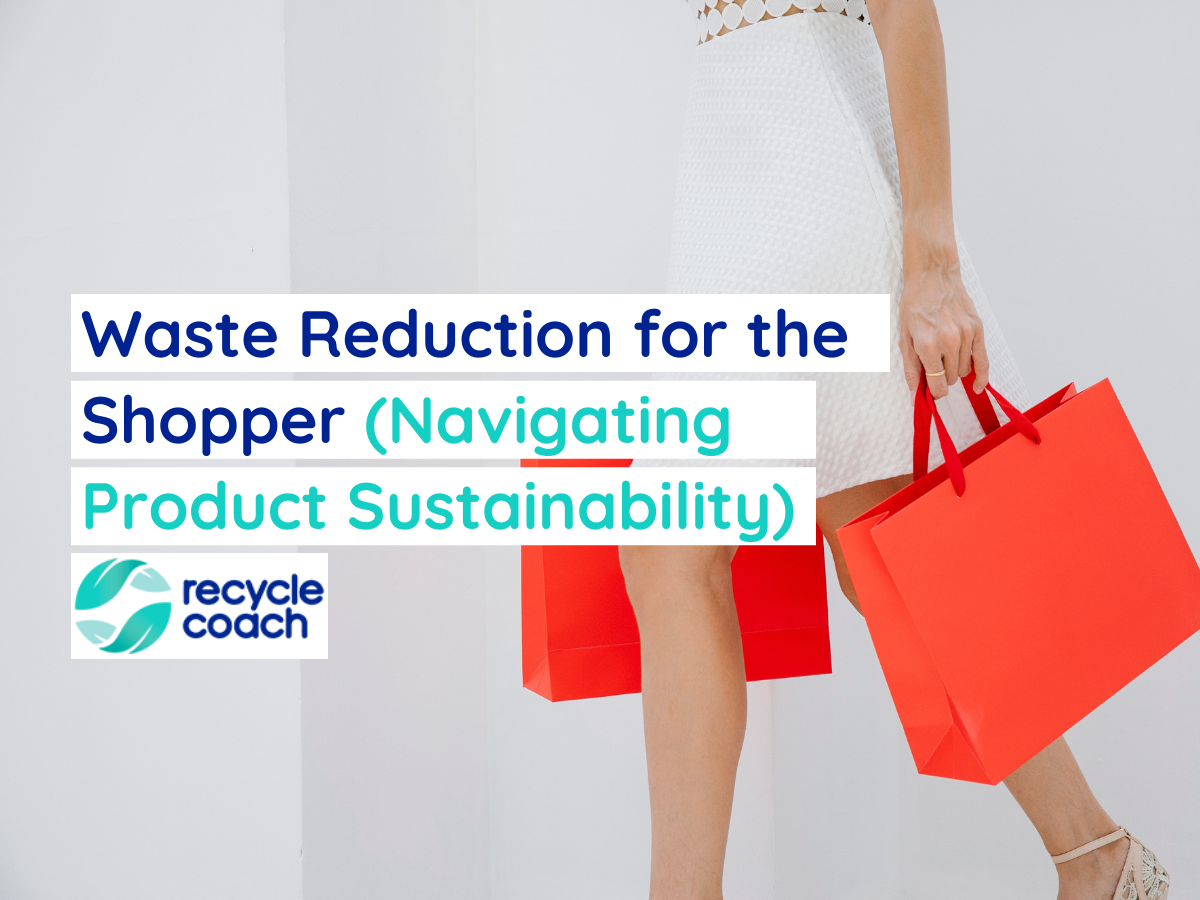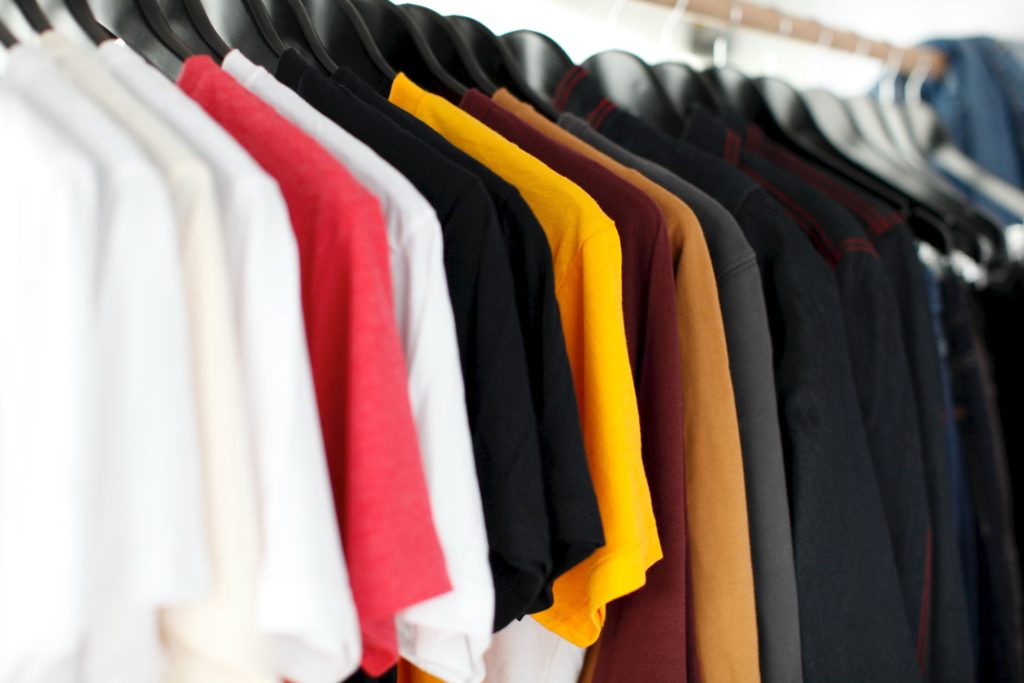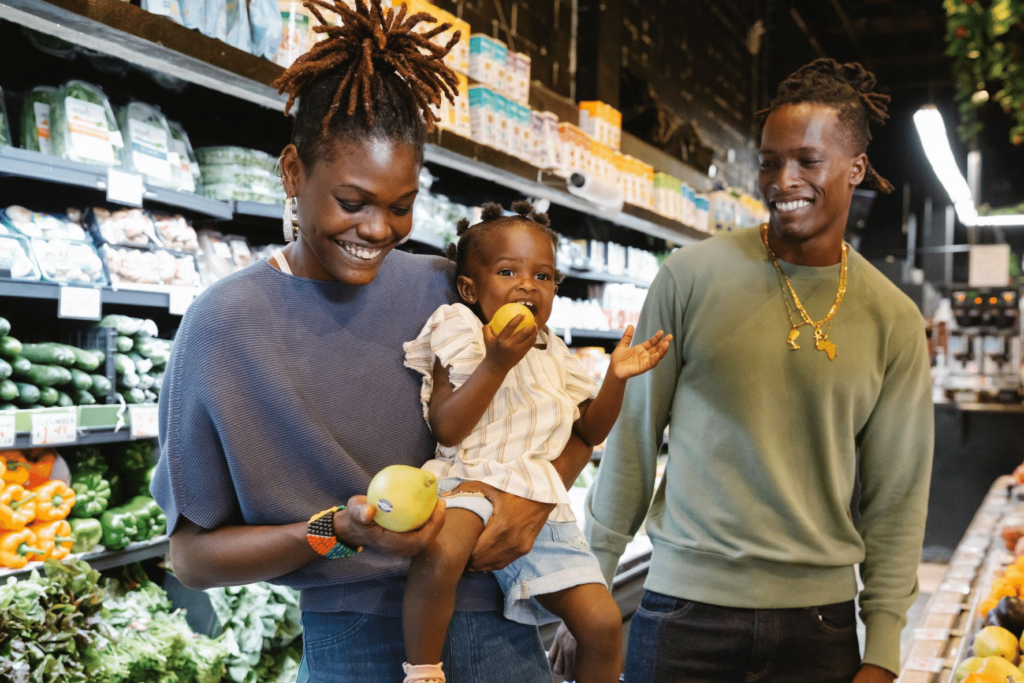Waste Reduction for the Shopper (Navigating Product Sustainability)

Shoppers have an enormous impact on the health of the environment. When we make a purchase from a brand, we give it our token of approval — not only for its products but also its methods of production.
Revenue from our purchases can help sustainable brands continue contributing to waste reduction and environmental cleanup. On the other hand, if you purchase from a company that’s wasteful and harmful to the environment, then your money is supporting that negative impact.
Of course, finding sustainable brands isn’t always as easy as it seems. We’ll explain how you can find brands that fully align with your environmental values and choose sustainable alternatives to popular brands.
Avoid Fast Fashion and Greenwashing

Fast fashion is a big problem in sustainability. When a brand is constantly rotating high volumes of products, there’s a good chance that a ton of waste is happening behind the scenes. Avoiding fast fashion brands, as well as non-clothing brands with wasteful practices, is essential in your waste reduction journey. Choosing sustainable companies instead can be a much more ethical choice.
In contrast to fast fashion, where low-quality materials are used to quickly mass-produce multiple styles in multiple rotations, is slow fashion, a more sustainable alternative. In slow fashion, high-quality, often recycled or cast-off materials are used to create one-of-a-kind or limited-edition fashions designed by individual artists. These pieces are meant to be purchased at a higher price point because they are of higher quality and will last a person’s lifetime.
Don’t be fooled, either, by greenwashing. Plenty of brands have been called out for exaggerating their sustainability claims. Truly sustainable brands offer transparency about their entire supply chain, all the way back to where they source their raw materials from and onto how finished products get delivered to consumers. Consider whether or not your chosen brands are choosing the most sustainable methods possible and if they’re working toward an eco-friendlier future.
Seek Ratings and Certifications

One of the simplest ways to figure out if a brand is legitimate in its sustainability efforts is by seeking online ratings and reviews. Good on You is one platform that rates how well popular brands that are marketed as eco-friendly are actually doing on sustainability.
Some certifications can be great indicators of sustainable brands, too. Brands that are Certified B Corporations (like Patagonia Works and Eileen Fisher) or Fair Trade Certified (like Simple Truth Organics and Athleta) must follow strict guidelines to maintain their status. This is more likely to keep them accountable for their actions. However, it’s still important to do some background research of your own to ensure a brand is up to par with your waste reduction goals. Some B corps, for example, have low ratings when it comes to environmental management and simply receive their status due to excellent scores in categories like worker financial security and diversity, equity, and inclusion.
Quality Over Quantity

Not all certified brands are created equal. Even among the most popular sustainable brands, there are often disparities when it comes to quality. Once they’re in your home, low-quality products often break faster, which can contribute to even more waste on earth — even if it’s biodegradable. On the flip side, high-quality products can last for years with good care.
This illustrates the importance of choosing quality over quantity. Pay attention to the materials used to create your product, so you know you’re getting something that can hold up over time and throughout moves.
Teach Kids to Shop Sustainably

Getting our youth involved in environmental activism — including both community initiatives and personal actions like sustainable shopping — is essential for the continued health of our planet. After all, in the long run, it doesn’t matter where we shop in our adult lives if we don’t pass our knowledge onto our children. We must help our children adopt our environmentalist mindsets to ensure their greener future.
Start involving your children in your shopping decisions and explain why you choose to support certain brands over others. For example, you can take your child with you as you shop at local farmer’s markets, explaining how you’re choosing seasonal produce with a low environmental impact. Allow your child to practice making their own sustainable shopping decisions, too.
Make Better Shopping Choices

Choosing brands that positively impact the environment is one of the most powerful ways for consumers to contribute to waste reduction. When you make an effort to research the brands you shop from, in part by looking for certifications and sustainability ratings, you can uncover where your money is really going. You can quickly cast aside fast fashion brands, avoid greenwashing with greater ease, and shop from companies that actually align with your values.
When you have conversations with your child about shopping sustainably too, you can contribute to a future of eco-friendly brands. This is an essential path toward a greener future for younger generations.
Author Bio:
Sam Bowman writes about people, sustainability, recycling, and how they merge. He enjoys getting to utilize the internet for the community without actually having to leave his house. He volunteers his time as a local recycling and waste reduction activist, working to help people better navigate proper recycling. In his spare time, he likes running, reading, and combining the two in a run to his local bookstore.